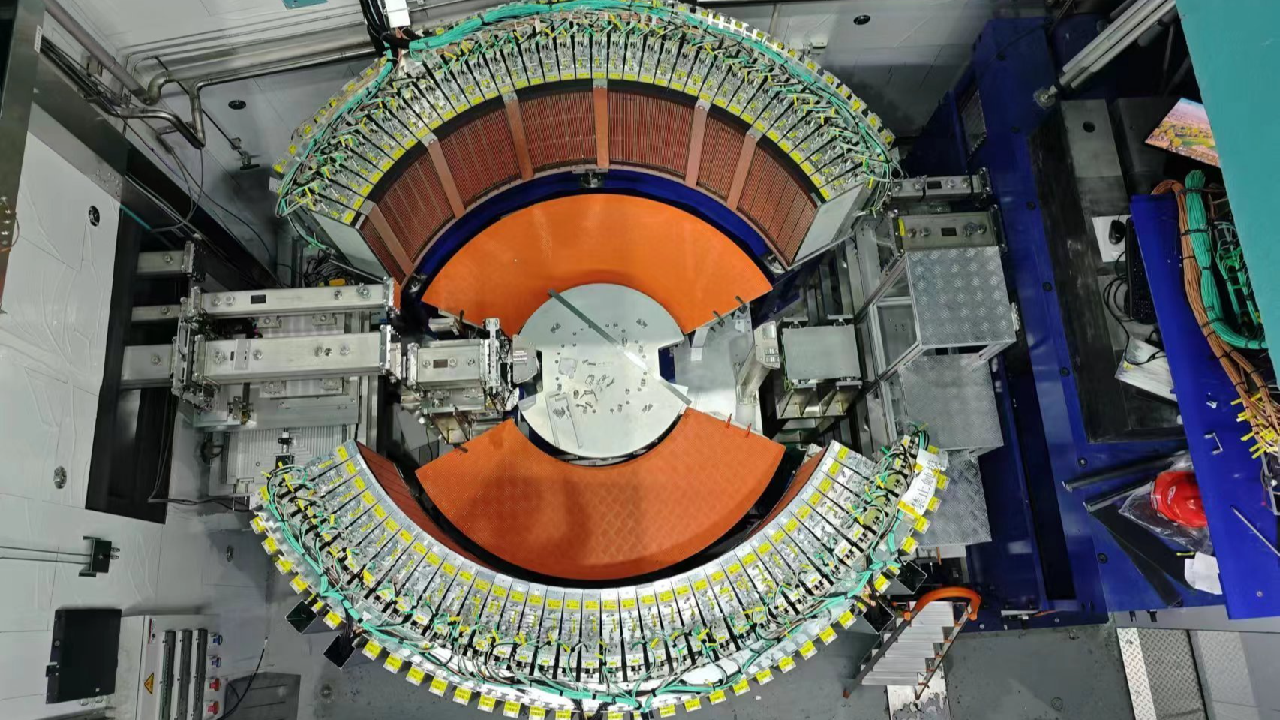Tsinghua's Quantum Leap: AshN Instruction Set Architecture

The recent announcement by Tsinghua University regarding a groundbreaking achievement in quantum computing is significant not only for the scientific community but also for society at large. The development of the AshN instruction set architecture marks a pivotal moment in the field, as it introduces a direct programming capability for arbitrary two-qubit quantum gates. As we stand at the cusp of the quantum era, understanding these advancements helps demystify how quantum technology can influence various sectors, from encryption to artificial intelligence.
Traditionally, complex quantum operations have been performed by decomposing them into combinations of CNOT and single-qubit gates. This methodology, although foundational, carries limitations—specifically inefficiencies and the risk of introducing operational errors. The AshN architecture builds upon this by leveraging a unified control scheme that facilitates multi-parameter collaborative regulation, allowing it to cover all equivalence classes of two-qubit unitary matrices. One standout feature of this architecture is its ability to execute arbitrary two-qubit operations directly, thus bypassing the clunky gate-level decompositions previously relied upon. Notably, Tsinghua's research has visibly reduced the total number of gate operations, a development that can dramatically lower error accumulation.
Moreover, the framework proposed by the research team demonstrates potential for minimizing evolution time, thereby enhancing the prospects for high-precision physical realizations of quantum operations. The successful implementation and validation of this architecture on a leading superconducting qubit platform herald a new chapter in quantum computation performance. The implications of AshN are profound, signaling a new paradigm of integrating computer science with quantum physics and inspiring innovative pathways for future research in quantum technology.
This breakthrough not only underscores the convergence of disciplines but also invites us to ponder the broader implications of such advancements. What will be the repercussions of effectively implementing quantum computing at scale? As we push the boundaries of computing capability, how will these innovations redefine industries ranging from finance to healthcare?
Read These Next

UNGA Approves China Resolution on AI Capacity Building
UN General Assembly adopts China-proposed resolution on AI, with 140+ countries supporting global collaboration and access.

Chinese Experts Investigate Integrated Use of Super Microscopes
Over 500 researchers met in Lanzhou to discuss innovative methods for using the Hefei Light Source and China Spallation Neutron Source.

Wearable Devices Transformed by Thermoelectric Rubber
This article discusses the impactful development of a new thermoelectric elastomer that combines flexibility and energy harvesting potential for wearable technology.
